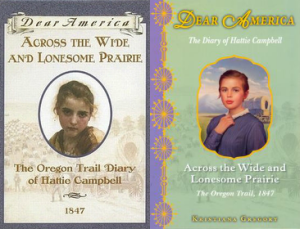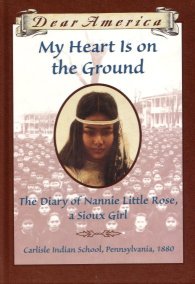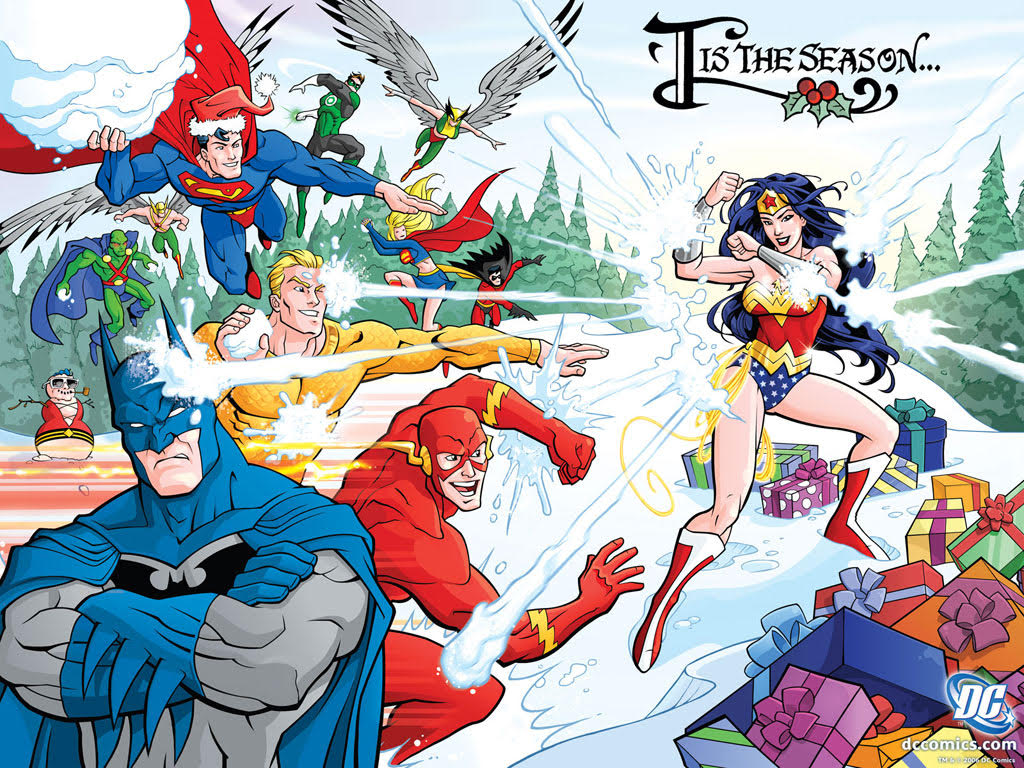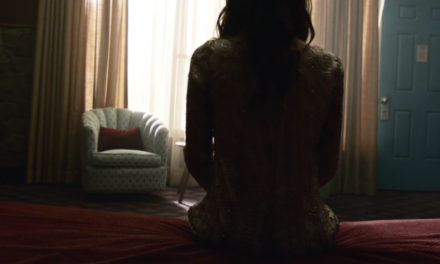
Side by side comparison of the old covers and the reboot for the Oregon Trail diary, Across the Wide and Lonesome Prairie, written by Kristiana Gregory.
In 1996, the publishing company Scholastic released the historical fiction series Dear America. Journals written from the point of view of young girls between the ages of ten and fifteen during various major events of the forming of the United States, dating all the way back to the Mayflower and up until World War 2 (or 1954 in the reboot and new diaries.)
They were written by several authors, mostly women with two male authors as well. After being canceled in 2004 with the release of Hear My Sorrow, the diary of a shirtwaist factory worker, the series was picked up and rebooted in 2010 with new covers and new stories, as well as a sequel diary to the Revolutionary War diary, Winter of Red Snow.
The company released other similar series such as My Name is America; written from the POV of young boys during many historical events, and The Royal Diaries; the early lives of real princesses around the world, such as Cleopatra VII and Anastasia. Dear Canada, My America, My Story (UK and New Zealand versions), My Australian Story and Dear India and A Princess’s Diary were also released by Scholastic companies around the world.
Offering a few pages of life in the time period, with pictures, recipes, songs and maps, the books encouraged an interest in their target audience and outside of it to learn more about history in the United States and outside of it. Some books start in another country and lead to the main character landing in America and their struggles and achievements in a new home, which grants the reader a chance to see life in another country and in another time.
Unlike another historical fiction series for young girls, American Girls, the Dear America series did not have dolls or other merchandise to offer. They released the books before 2004 sometimes in box sets. These groups of books were usually all in a set time period, such as ‘World War 2’ or ‘Westward Expansion and would include three Dear America diaries and one of the My Name is America journals from the same time. These could be found in book orders in most elementary schools and single copies on the shelves of bookstores.
They were entertaining, engaging, made children reading them search for more information on the events they had just read from a girl their own age and were — for the most part — safe for all ages.
Some readers of the series have brought up historical errors, such as ‘watering down’ and softening the events of what really happened to the Native American children in the book My Heart is on the Ground, the story of fictional Nannie Little Rose, girl from a Sioux tribe at the Carlisle Indian School in Pennsylvania, during the year 1880. This article, written by nine Native American women who read the book, point out the inaccuracies of the book.
Although written for young girls between the ages of eight and thirteen, it can be enjoyed by children of any gender and people of any age (I still read/reread them at the age of twenty-two.) They are a fun, if sometimes inaccurate, addition to any history lover’s bookshelf.





